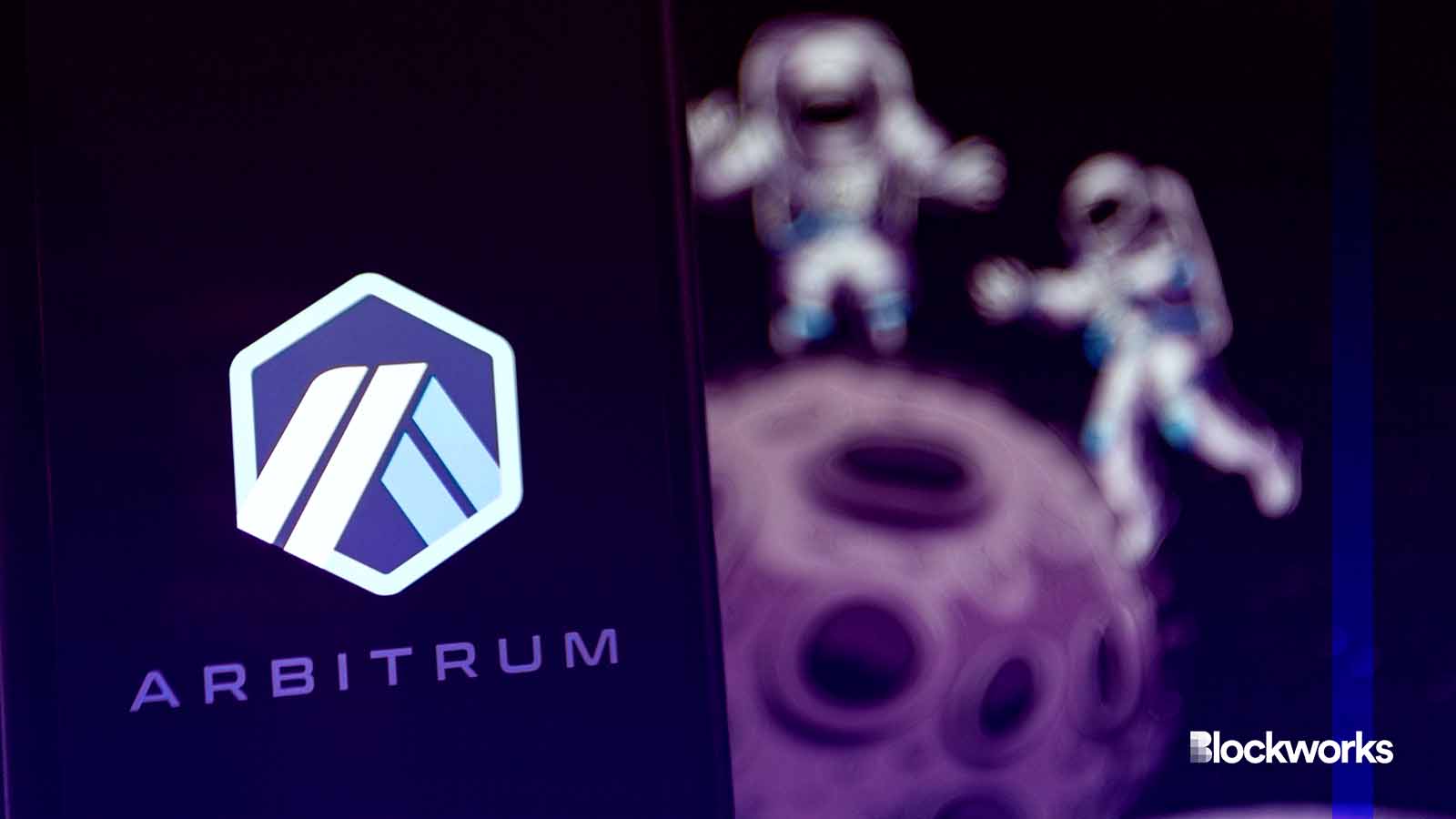Arbitrum Orbit prepped for mainnet launch
Developers can customize their stacks and plug into different data providers while accessing Arbitrum tooling

Rcc_Btn/Shutterstock modified by Blockworks
Ethereum scaling solution Arbitrum Orbit is officially mainnet ready, developer Offchain Labs says.
This means that builders can create their own chains which will settle onto one of Arbitrum’s layer-2 chains, including Arbitrum One, Arbitrum Nova, and testnets Arbitrum Goerli or Arbitrum Sepolia.
Arbitrum is one of Ethereum’s largest scaling solutions with an estimated 470 deployed apps onto its network and a total value locked (TVL) of $2.73 billion, according to information on DeFiLlama.
Orbit enables developers to use the Arbitrum code base to build customized chains, Steven Goldfeder, co-founder and CEO of Offchain Labs, told Blockworks in an interview.
Developers will have full access to the Arbitrum Nitro stack and will have the capability to configure privacy, permissions and fees on their Arbitrum Orbit chains.
They can also customize their stack and plug into different data providers, while maintaining access to Arbitrum’s other tooling, such as Stylus and BoLD.
Read more: Offchain Labs makes BoLD moves with new permissionless validation protocol
“Whereas the public Arbitrum chains are DAO governed and updates to those chains need to go through a DAO vote, you can take an Arbitrum Orbit chain which you govern yourself and actually front-run the DAO with these features,” Goldfeder said. “So if you want to launch an Arbitrum Orbit chain with BoLD, you can.”
To settle to an layer-1 or an layer-2, that is the question
Goldfeder explains that when speaking about “settling,” he is referring to what the chain is underneath.
Ethereum layer-2 networks like Arbitrum settle onto Ethereum, so chains that settle onto Arbitrum One or Arbitrum Nova would be considered a layer-3.
“If you want to build a chain that settles onto an Arbitrum chain, in other words, a [layer-3] chain, that’s open, permissionless, you don’t need a specific license because that license is granted,” he said.
There are some projects, however, that may want to create their own layer-2 chain using the Arbitrum Orbit stack. In this case, Goldfelder explains that these teams can work with the Arbitrum Foundation to seek ecosystem alignment.
“You will want to align with the DAO and the stakeholders because the DAO has the ability to grant these licenses,” he said.
For the chains who do wish to settle onto Arbitrum, though, Goldfelder notes that the cost of onboarding users would go down drastically.
Any chain that wishes to settle on Ethereum will have to pay an overhead cost, Goldfelder explains.
“The way to think about this is, if you go directly to Ethereum, it’s like taking a car, but if you go through Arbitrum, your data is still going through Ethereum, but you’re on the Arbitrum bus with all the other layer-3s,” he said. “So you’re going to share that overhead rather than paying for it yourself.”
Goldfeder also notes that blocks on Arbitrum are elastic, meaning that if there are 100 transactions in a second, there would be four blocks created each second, but if there’s an hour when there are zero transactions, there will be zero blocks created.
“There is not a fixed block time, which means that the cost of bootstrapping a chain on the Arbitrum ecosystem is low because you won’t need to pay for empty blocks,” he said.
Get the news in your inbox. Explore Blockworks newsletters:
- The Breakdown: Decoding crypto and the markets. Daily.
- 0xResearch: Alpha in your inbox. Think like an analyst.






